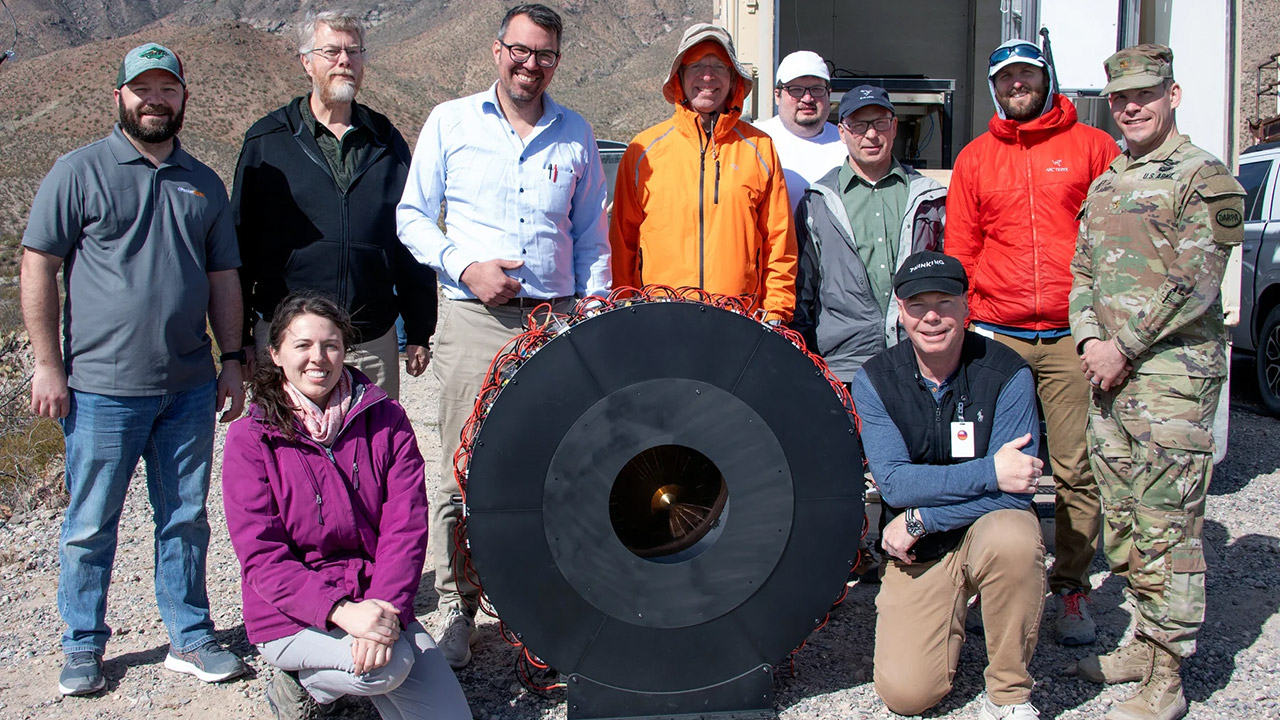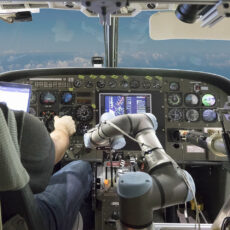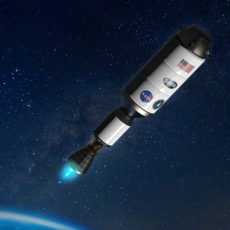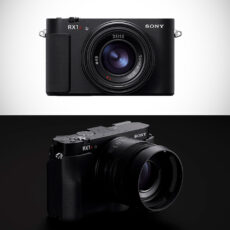
In the vast expanse of New Mexico’s White Sands Missile Range, a DARPA team fired invisible light 5.3 miles and made history. They transmitted 800 watts of power, or enough to run a small appliance or light up a campsite, via a laser beam to a receiver that turned it back into electricity. For 30 seconds, the system held firm, transferring over a megajoule of energy. They even popped popcorn with some of that power, a playful tribute to the 1985 film ‘Real Genius’.
DARPA’s Persistent Optical Wireless Energy Relay (POWER) program achieved this record-setting test in June 2025, blowing past previous benchmarks for wireless power transmission. Previous attempts had reached 230 watts over 1.7 kilometers for 25 seconds or an unspecified amount at 3.7 kilometers. This leap to 800 watts over triple the distance left program manager Paul Jaffe grinning.
- 3 in 1 Wireless Charger: The 3 in 1 Wireless Charging Station for Apple Devices is a great option to organize your home, office, or meeting room. It...
- Fast Wireless Charging Station: This wireless charging station is specifically designed to be compatible for iPhone Airpods Apple Watch; With an 18 W...
- Wireless Cell Phone Charger with Strong Magnetic Snap: For Apple wireless charging station features high-quality magnets that ensure effortless...

The secret to this success is a smart device called the Power Receiver Array Demo (PRAD). It’s a ball-shaped unit with a small opening where the laser enters. These cells, built to turn a single wavelength of light into electricity with high efficiency, basically soak up the laser’s energy and produce usable power. Built by Teravec Technologies with support from Packet Digital and the Rochester Institute of Technology, the receiver was put together in just three months.
Efficiency wasn’t the top priority, but they still managed 20% at shorter ranges, meaning a fifth of the laser’s energy became electricity. That’s way below the 95% of wired systems, but for a technology aimed at powering remote battlefields or disaster areas, it’s a start. Jaffe noted the atmosphere’s challenges: “It’s a lot easier to send a power beam directly up or down relative to the ground because there is so much less atmosphere to fight through.”
And the future looks even bigger. Imagine drones or high-altitude platforms relaying laser beams over long distances, avoiding the atmosphere’s worst effects. The program’s third phase will make this happen, potentially powering lunar rovers or orbiting satellites. Unlike microwave systems that need big antennas, lasers offer precision and small receivers, perfect for mobile, far-off missions. Eric Yeatman, a professor at the University of Glasgow, said simply: “If it doesn’t work with optical, it doesn’t work at all [for DARPA’s goal].” The team’s use of diffractive optics, which steer beams without heavy mirrors or lenses, was a bonus that makes these systems smaller and more practical.
[Source]










